Business travel is a major expense. Global business travel spending reached a record $1.48 trillion in 2024. Yet, many companies struggle to understand where their travel dollars go. What if you could predict future travel costs, uncover hidden savings, and boost employee satisfaction—all by analyzing your existing travel data?
This is where analytics for business travel expenses comes in. Business travel analytics is the process of collecting, analyzing, and using data to optimize corporate travel. It helps businesses identify spending trends, track policy compliance, and forecast future travel needs to improve decision-making.
By analyzing key performance indicators (KPIs) and applying data analytics techniques, companies can:
- Understand how travel impacts overall business performance.
- Improve cost efficiency by identifying unnecessary business travel expenses.
- Ensure employees follow corporate travel policies.
- Enhance traveler satisfaction and well-being.
Let’s explore how business travel analytics works and how you can apply it to your company.
How the Business Travel Analytics Process Works?
The analytics process involves three key steps:
1. Data Collection
Gather information on business travel expenses, bookings, and traveler behavior. This includes internal company data and external sources such as airline and hotel reports.
2. Data Analysis
Use analytical methods to spot trends and patterns. There are three main types:
- Descriptive Analytics: Visualizing past data using graphs, charts, and reports.
- Diagnostic Analytics: Understanding the causes behind travel trends (e.g., why certain destinations cost more).
- Predictive Analytics: Using machine learning to forecast future travel costs and behaviors.
3. Decision-Making
Apply insights to refine travel policies, optimize budgets, and improve overall efficiency.
Key Metrics in Business Travel Analytics
To maximize the benefits of travel analytics, companies must track essential KPIs, including:
- Travel Spend: Total business travel expenses list across flights, hotels, and transport.
- Trip Volume: The number of trips taken and how they fluctuate over time.
- Average Trip Cost: The typical expense per trip helps businesses set realistic budgets.
- Savings Achieved: Identifying cost leakages and improving efficiency.
- Compliance Rate: Ensuring employees follow travel policies to control spending.
- Traveler Satisfaction: Measuring how employees feel about their travel experiences.
Other Important Travel Data Insights
Beyond business travel expenses, companies must evaluate additional travel trends to optimize their programs:
- Booking Patterns: When and how employees book flights and hotels.
- Travel Destinations: Identifying popular and high-cost travel locations.
- Preferred Airlines & Hotels: Understanding which options employees prefer and negotiating better deals.
- Seasonal Variations: Analyzing fluctuations in travel demand to adjust pricing strategies.
Business Travel Expenses List
Here’s a general list of travel expenses you might encounter:
Transportation:
- Flights (domestic or international)
- Train or bus fares
- Car rentals
- Taxis, rideshares (Uber, Lyft)
- Parking fees
- Toll charges
Accommodation:
- Hotel or Airbnb stays
- Resort fees
- Wi-Fi charges at hotels
- Tips for hotel staff
Meals:
- Breakfast, lunch, and dinner (including tips)
- Room service
- Snacks or drinks during meetings
Conference & Event Costs:
- Conference registration fees
- Exhibition tickets or booth costs
- Networking event fees
Communication:
- Phone bills (calls, texts, data usage)
- Internet or Wi-Fi charges (other than hotel)
- International roaming charges
Travel-related Taxes and Fees:
- Airport security fees
- Baggage fees
- Visa fees (for international travel)
How to Analyze Business Travel Expenses with itilite?
Implementing an analytics program can be complex without the right tools. Travel management software (TMS) simplifies the process by automating data collection, analysis, and reporting.
- Log into itilite: Open the itilite platform and sign in using your company’s credentials.
- Go to the Insights on Dashboard: Find the insights where all business travel expenses lists are. This shows flights, hotels, and other costs.
- Check Expense Categories: itilite automatically sorts expenses into categories like airfare, lodging, and transport.
- View Real-Time Reports: The platform provides real-time expense reports, showing how much has been spent and where. You can also download custom reports.
- Use itilite Mastermind: The tool suggests cost-saving opportunities, such as booking flights in advance or choosing company-negotiated rates.
- Compare with Budget: itilite highlights if an expense exceeds the approved budget, helping you control overspending.
- Export and Share Reports: Download expense reports in one click and share them with finance teams for easy review.
Analytics Available in itilite Platform
itilite provides powerful analytics features, including:
1. Monthly Spend Breakdown
Understanding how much money is being spent on flights, hotels, and other services is important for keeping track of business travel costs. This helps companies see where the money is going and make sure they’re not overspending on certain areas.
2. Top Departments by Spend
By identifying which departments have the highest travel costs, companies can figure out if those teams really need to travel as much. Or if there are ways to reduce business travel expenses.
3. Most Frequent Travelers
Knowing who travels the most can help businesses focus on the employees who need the most support. It’s also a good way to make sure frequent travelers are getting the best travel options and rates.
4. Booking Trends
Tracking when employees book their trips helps businesses understand if people are planning ahead or booking at the last minute. This information can be used to improve the booking process and save money by encouraging earlier bookings.
5. Top Travel Destinations
Finding out where employees travel most helps businesses identify common destinations. This can lead to better deals and discounts on flights and hotels because companies can negotiate for those places more easily.
6. Last-Minute Bookings & Cancellations
Managing last-minute bookings and cancellations can reduce wasteful business travel expenses. If employees change their travel plans too often, it can add extra costs. By handling this better, companies save money.
7. Carbon Footprint Analysis
Tracking the carbon emissions from business travel is important for businesses that want to be more eco-friendly. Knowing how much their travel impacts the environment allows them to make smarter decisions and reduce their overall carbon footprint.
Maximize Your ROI With itilite Analytics
Business travel analytics isn’t just about saving money—it’s about making informed, strategic decisions that benefit both your company and its employees. By using advanced analytics tools, you can optimize travel spending, enhance policy compliance, and improve the overall travel experience.
Are you ready to transform your business travel strategy? Start leveraging itilite travel analytics today and gain a competitive edge in corporate travel management.
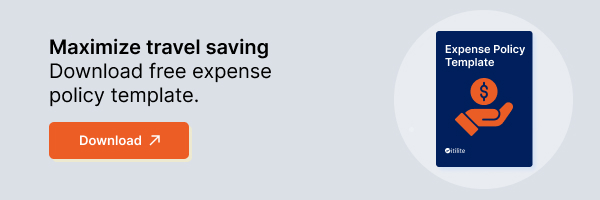
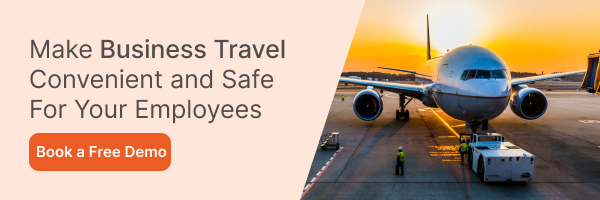

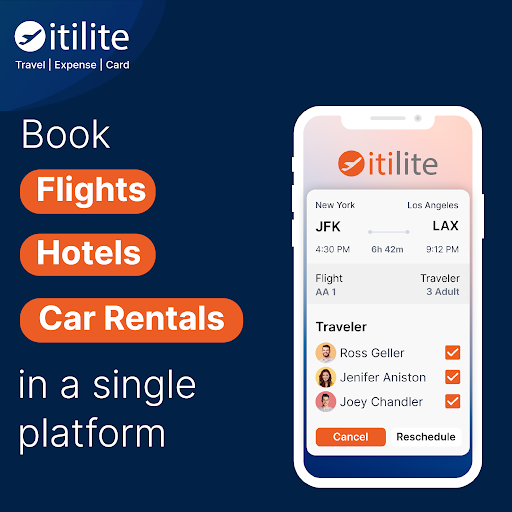

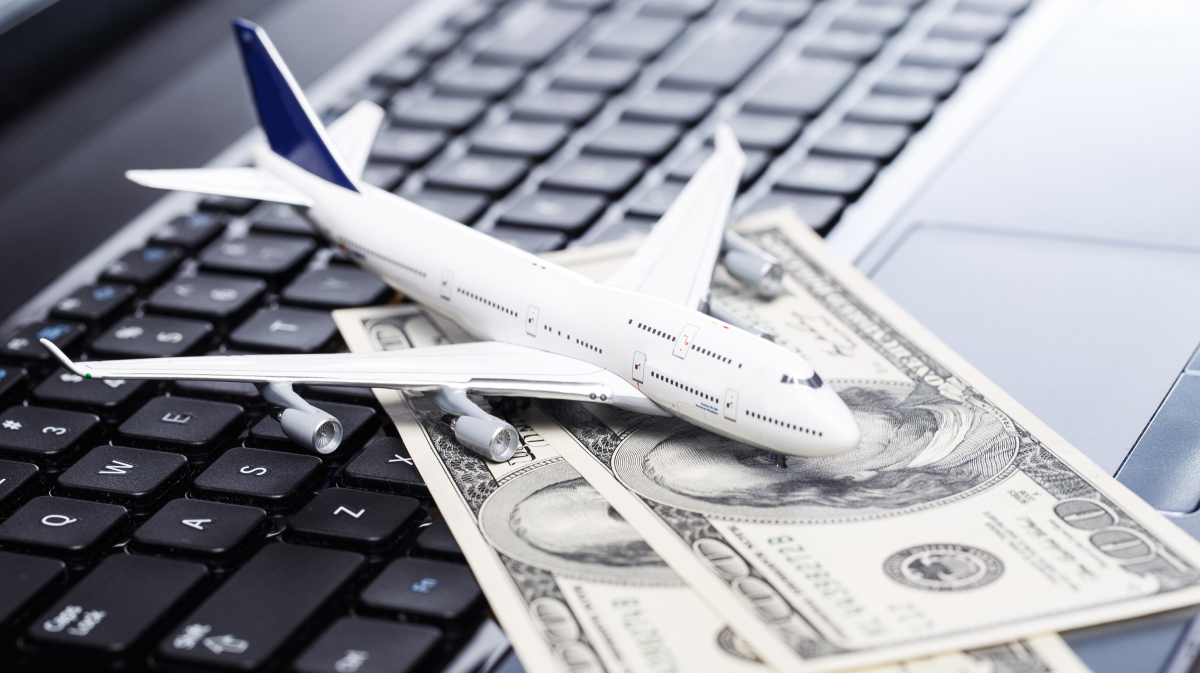

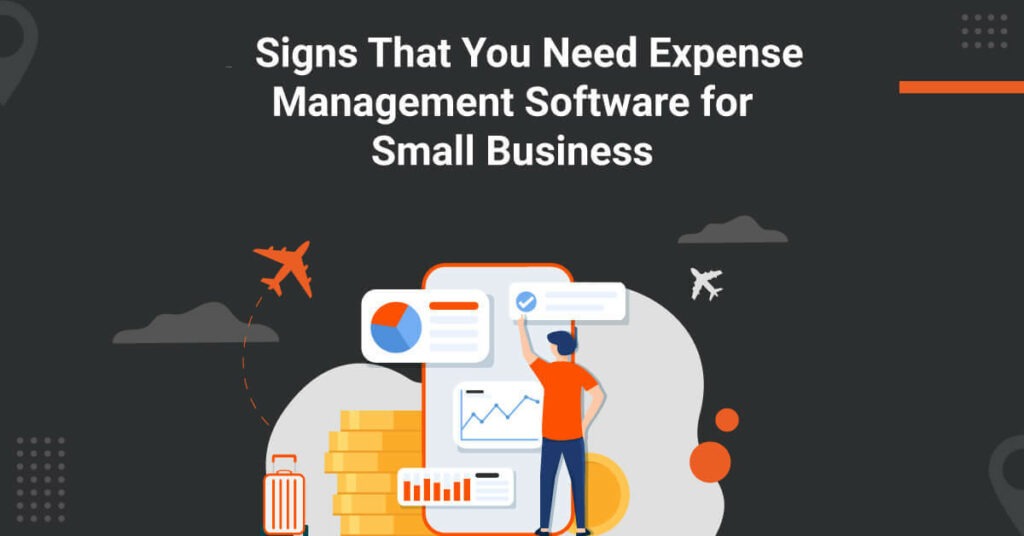
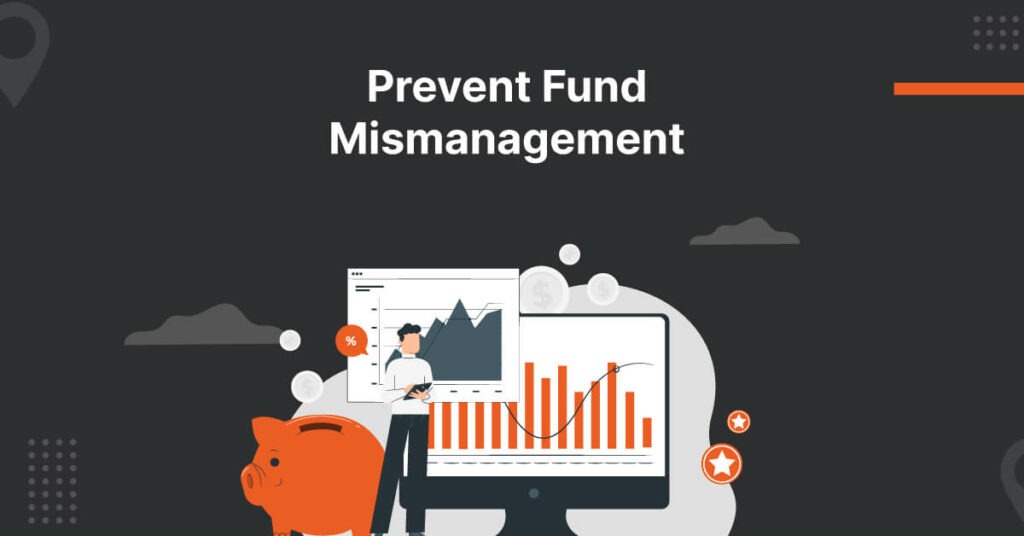






 and then
and then